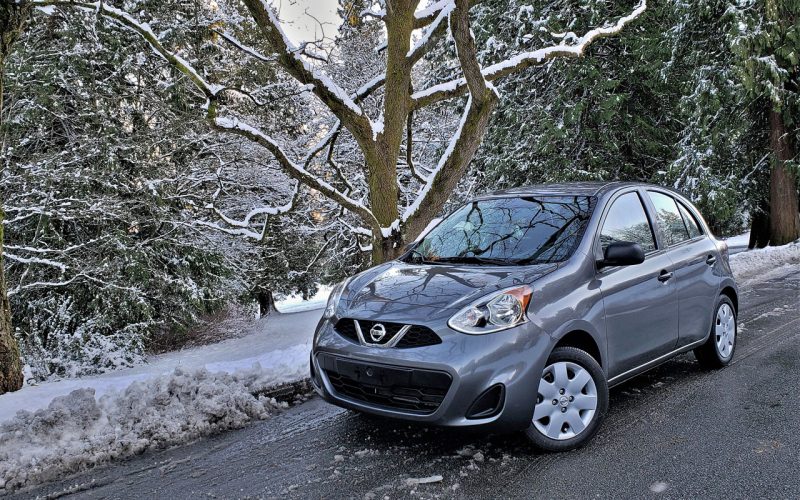
Reading Time: 13 minutesIt’s not too often that the cheapest and stingiest choice ends up being the most enjoyable,
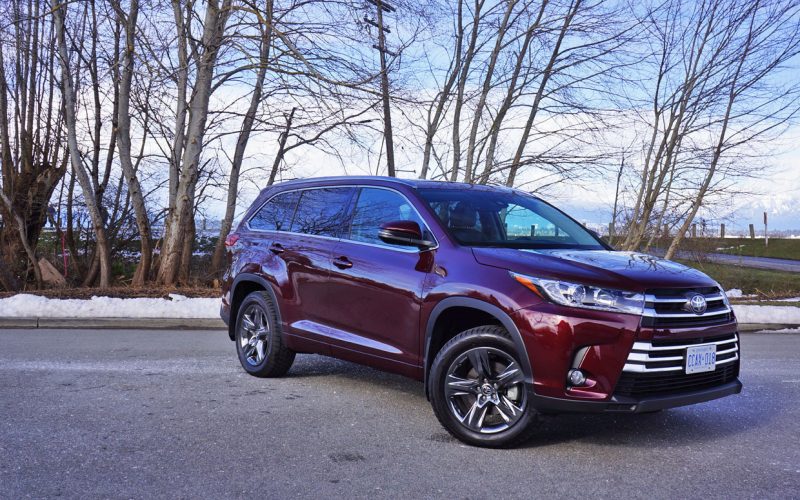
Reading Time: 14 minutesDo you remember that zany TV ad that saw a family pulling up to a national
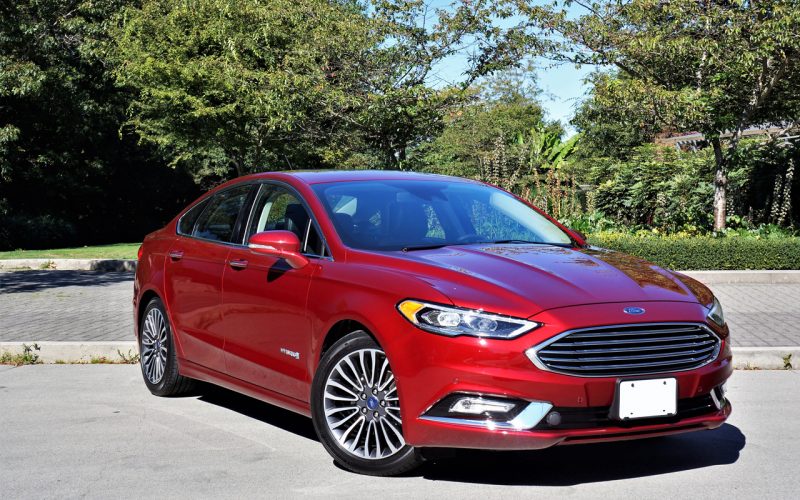
Reading Time: 9 minutesAs nice as the 2018 Fusion Hybrid Titanium is to look at, and as enjoyable it
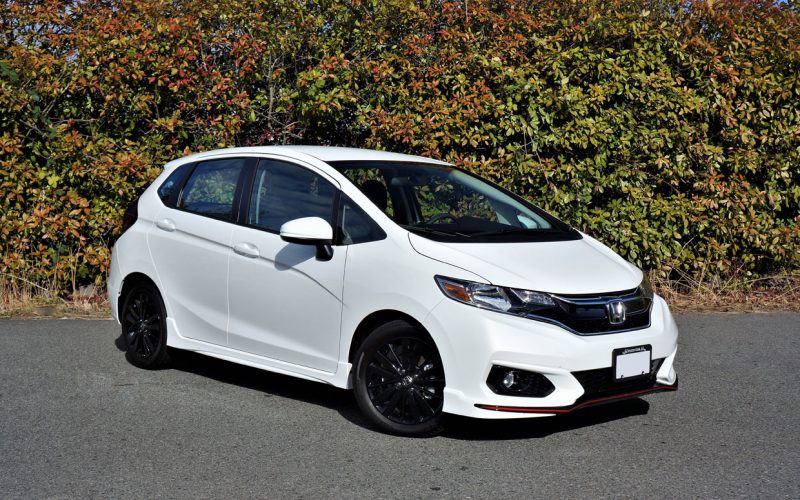
Reading Time: 10 minutesHonda’s Fit has always been a personal favourite in the subcompact class. Its hatchback design is
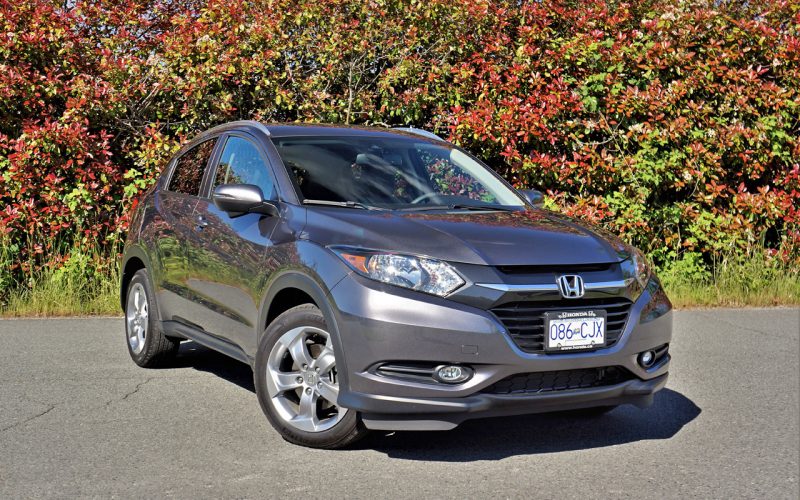
Reading Time: 7 minutesTwo years ago Honda hadn’t even staked their claim in the burgeoning subcompact SUV category, but